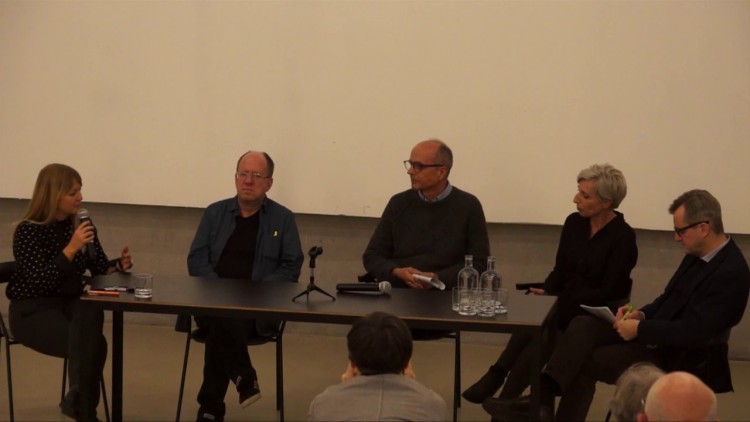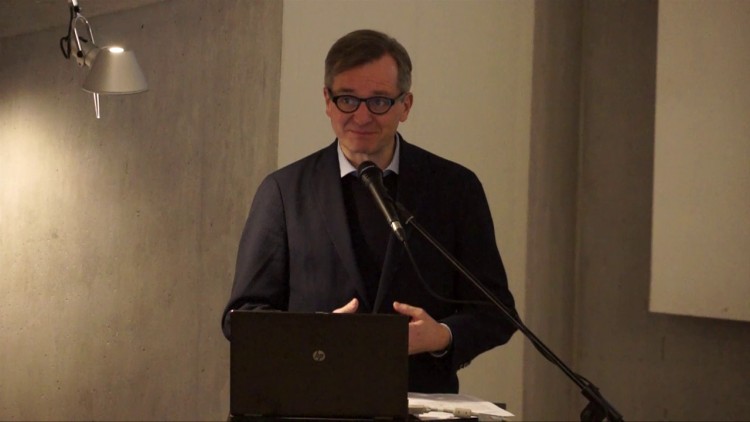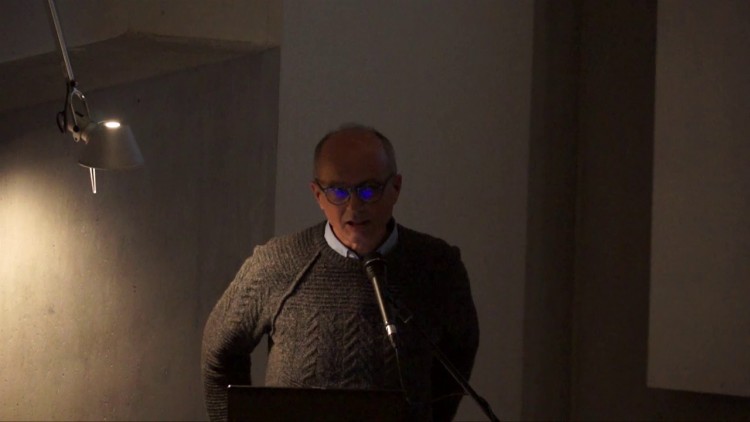Functionality, inventiveness and aesthetics of pure forms are only a few of the basic guidelines of the educational programme of the Bauhaus, school for architecture, art and design, which today denotes a recognisable expression – not only in architecture and the visual arts, but also implies a specific worldview and way of life.
Six students from the territory of the former Kingdom of Yugoslavia studied at the Bauhaus: Avgust Černigoj from Slovenia; Otti Berger, Gustav Bohutinsky, Ivana Tomljenović and Marija Baranyaj from Croatia; and Selman Selmanagić from Bosnia. The lecture will present their oeuvres and the influences of educational and design models of the Bauhaus on the artistic and educational practice after the Second World War. During this period, the ideas of the Bauhaus were most pronounced through the activity of EXAT 51 Group, the programme of the Academy of Applied Arts in Zagreb, and the programme of the B Course at the Faculty of Architecture in Ljubljana, which played a significant role in the development of architecture, art and design of the second half of the 20th century in this region.





